Long before wish lists involved tablets and video game consoles, birthday celebrations in the 1960s centered around a different kind of magic. These were the days when neighborhood kids gathered around to watch you unwrap your presents, when the right gift could elevate your playground status for months, and when toys were designed to spark imagination rather than run on batteries. Join us for a nostalgic journey back to the birthday parties of the Sixties, complete with homemade cake, party hats, and the gifts that had kids crossing their fingers in anticipation.
1. Etch A Sketch
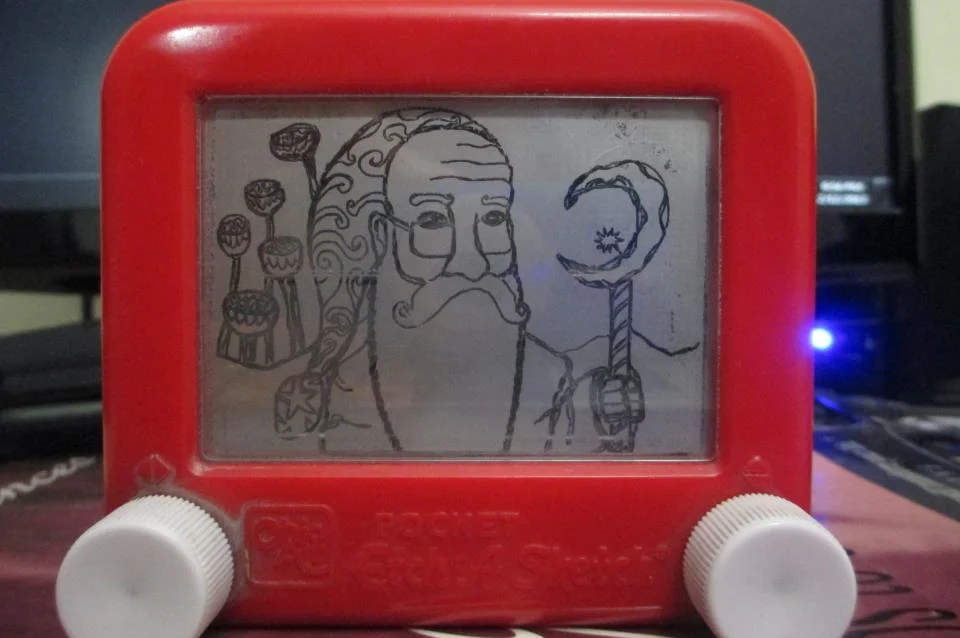
That distinctive red frame with two simple white knobs represented endless possibilities for budding artists across America. Released in 1960, the Etch A Sketch quickly became the must-have gift that combined artistic expression with mechanical fascination. Children would spend hours twisting those knobs to create intricate staircase patterns, write their names, or attempt to draw curved lines (the ultimate Etch A Sketch challenge). HowStuffWorks gets literally inside the inner workings of this mysterious, wondrous toy to determine how it operates.
The real drama came when you’d finally created something worth showing off and had to carefully transport your masterpiece to show family members without shaking the aluminum powder back into place. The satisfaction of starting fresh with a clean slate—literally turning your creation upside down and shaking it away—made this toy endlessly reusable during an era when most birthday gifts had to last.
2. Barbie’s Dream House

While Barbie herself debuted in 1959, her first cardboard Dream House hit stores in 1962, immediately topping birthday wish lists nationwide. Unlike today’s plastic mansions with working elevators, the original Dream House folded into a portable carrying case and featured charming mid-century modern furniture that parents recognized from their own homes. Girls would gasp with delight when unwrapping this symbol of domestic aspiration and adult independence. People of Play opens the doors to the full history and evolution of Barbie’s glamorous abode.
The real magic of Barbie’s Dream House was how it served as a stage for endless storytelling and social play that often reflected children’s understanding of grown-up life. Many a birthday girl would invite friends over the day after her party specifically to play with the new Dream House, establishing a social pecking order around who got to arrange the furniture and who was allowed to move Barbie through her sophisticated cardboard world.
3. Creepy Crawlers
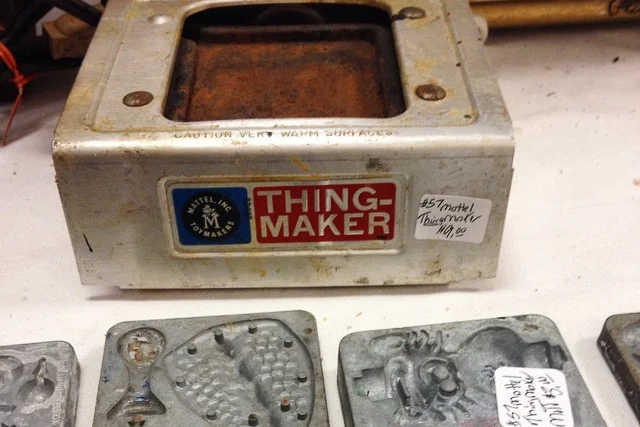
Nothing quite matched the thrill of opening a Creepy Crawlers set, with its metal molds, special “Plastigoop” bottles, and dangerous-looking heating element that parents reluctantly allowed. The 1964 Mattel release gave children the heart-pounding experience of creating their own rubber insects and reptiles, complete with that distinctive hot plastic smell that permeated the entire house. The parental concerns about safety only made receiving this gift more exciting for thrill-seeking birthday kids. Trivia Happy throws open the oven to explore the eerie history behind this dangerous yet coveted toy.
The true appeal went beyond making the creatures—it was about building an ever-growing collection of custom-colored spiders, worms, and snakes that could be strategically placed to terrify siblings or get traded with friends for other treasures. Children who received Creepy Crawlers for their birthday instantly gained neighborhood fame as the kid with the cool, slightly dangerous toy that practically guaranteed future playdate invitations.
4. Easy-Bake Oven
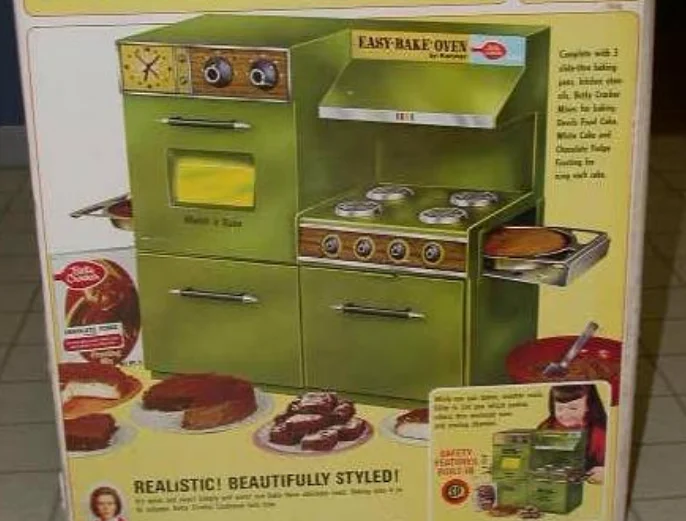
Receiving an Easy-Bake Oven meant joining an exclusive club of children who could create actual edible treats without adult supervision. Introduced in 1963, this turquoise marvel used a simple light bulb to bake miniature cakes, cookies, and pretzels that tasted all the more delicious because you made them yourself. The look of pride on a child’s face when serving tiny cakes at their own birthday party was absolutely priceless.
The Easy-Bake Oven brilliantly bridged play and reality, allowing children to mimic adult activities while producing genuine results they could share. Parents appreciated that the birthday gift entertained long after the party ended, with children carefully rationing their cake mix packets and planning special “baking days” with selected friends who would marvel at their culinary prowess.
5. G.I. Joe
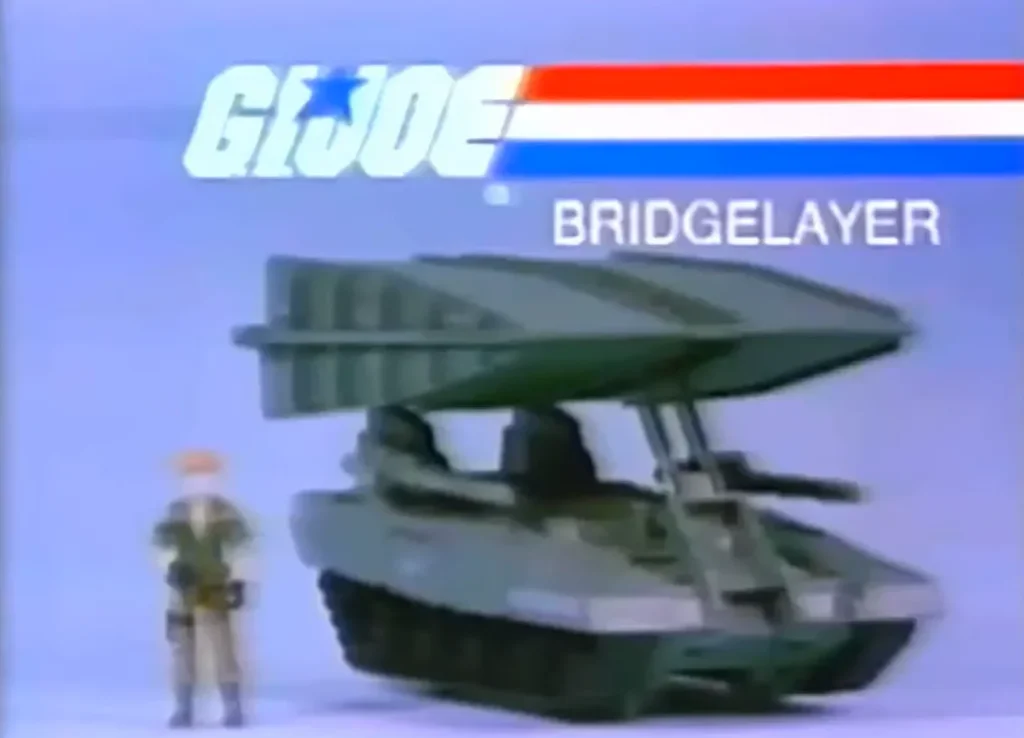
When Hasbro introduced G.I. Joe in 1964, they cleverly marketed him as an “action figure” rather than a doll, revolutionizing the toy market for boys. Standing 11.5 inches tall with 21 movable parts and authentic military gear, G.I. Joe represented the ultimate birthday gift for boys who wanted realistic battle scenarios rather than cowboy play. Opening that large box to find Joe, his footlocker, and array of miniature weapons felt like receiving a ticket to endless adventure.
What made G.I. Joe particularly coveted was the expanding universe of accessories sold separately—jeeps, space capsules, deep sea diving gear—that guaranteed future birthday wishes would be easy for relatives to fulfill. Boys who received their first G.I. Joe could join existing neighborhood play groups who had developed elaborate missions and storylines, elevating backyard play to cinematic levels of dramatic intensity.
6. Rock ‘Em Sock ‘Em Robots
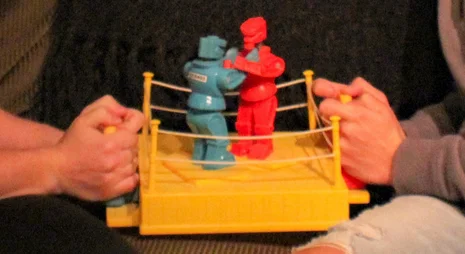
Few birthday moments matched the excitement of tearing open a box to reveal the bright red and blue boxing robots that promised head-popping action. Released in 1964, Rock ‘Em Sock ‘Em Robots transformed ordinary children into boxing promoters, managing their plastic fighters in living room tournaments that could last entire afternoons. The distinctive clicking sound of the plastic controllers and the satisfying “pop” when landing a winning punch created sensory memories that lasted decades.
What made these robots special was their ability to bring competitive play into acceptable physical form, allowing children to battle it out without actually touching each other. Birthday parties would often culminate in Rock ‘Em Sock ‘Em tournaments, with the birthday child claiming champion status (at least for that day) and victors earning extra slices of cake as their prize.
7. Spirograph
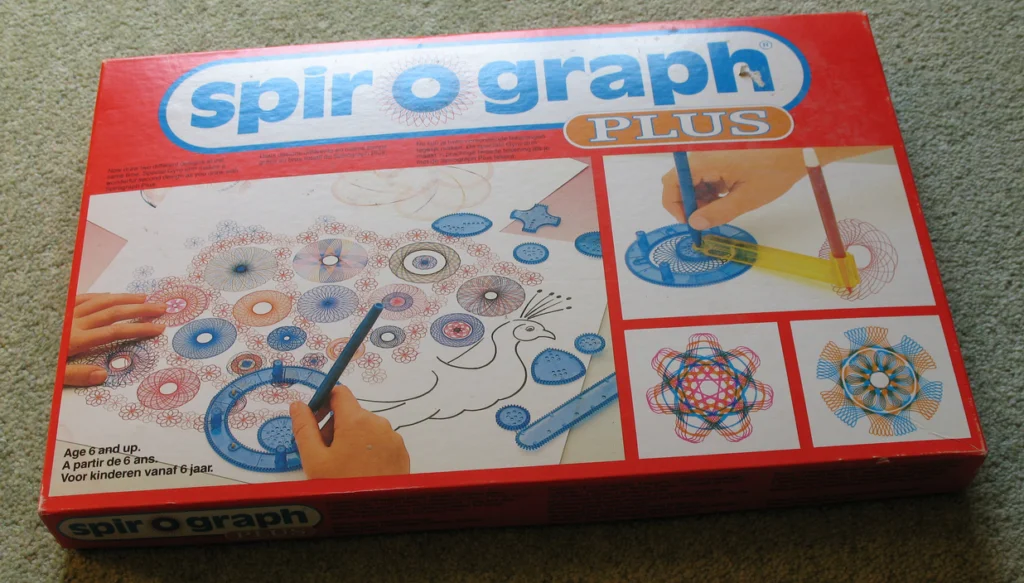
Opening a Spirograph set on your birthday meant gaining access to mathematical artistry that seemed almost magical in its complexity. Released in 1965, this geometric drawing toy utilized plastic gears and toothed rings that produced stunning mathematical curves impossible to create freehand. Children marveled as simple movements created intricate patterns, with the added delight of using different colored pens for rainbow effects.
What made Spirograph particularly special was its ability to make any child feel artistically accomplished, regardless of natural drawing ability. The resulting geometric designs could be displayed proudly on bedroom walls or given as gifts to relatives, proving the birthday gift’s value extended well beyond initial play value.
8. Mouse Trap
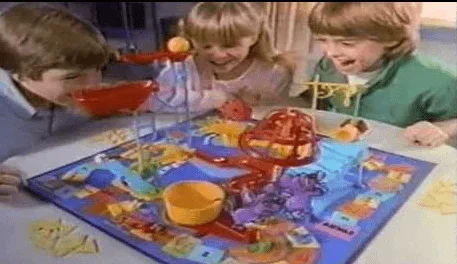
Receiving the Milton Bradley game Mouse Trap meant gaining possession of the most elaborate, Rube Goldberg-inspired board game of the era. First released in 1963, the game fascinated children with its complex chain-reaction trap featuring diving men, kicking boots, and rolling balls that ultimately captured the plastic mouse. The birthday child who unwrapped Mouse Trap instantly became the host of choice for rainy day gatherings.
What made Mouse Trap particularly memorable was the assembly process itself, which required patience and dexterity to arrange all the colorful plastic pieces correctly. The true measure of growing maturity was being able to construct the trap without parental assistance, a milestone that gave children tremendous pride and often earned them the responsibility of teaching younger siblings how the game worked.
9. Lite-Brite

When Hasbro introduced Lite-Brite in 1967, it combined the appeal of artistic creation with the wonder of illumination. Opening this gift revealed a simple black screen, colorful translucent pegs, and pattern sheets that guided children in creating glowing designs from clowns to rocket ships. Parents watched with amusement as birthday children begged to turn off the lights immediately after opening their gift, transforming ordinary rooms into galleries of colored light.
The true genius of Lite-Brite was its dual nature—providing structured creativity through pattern sheets while allowing free-form expression for more adventurous young artists. Children who received Lite-Brite often developed evening rituals of creating new designs before bedtime, giving this toy impressive longevity compared to other birthday gifts that might be forgotten within weeks.
10. Hot Wheels
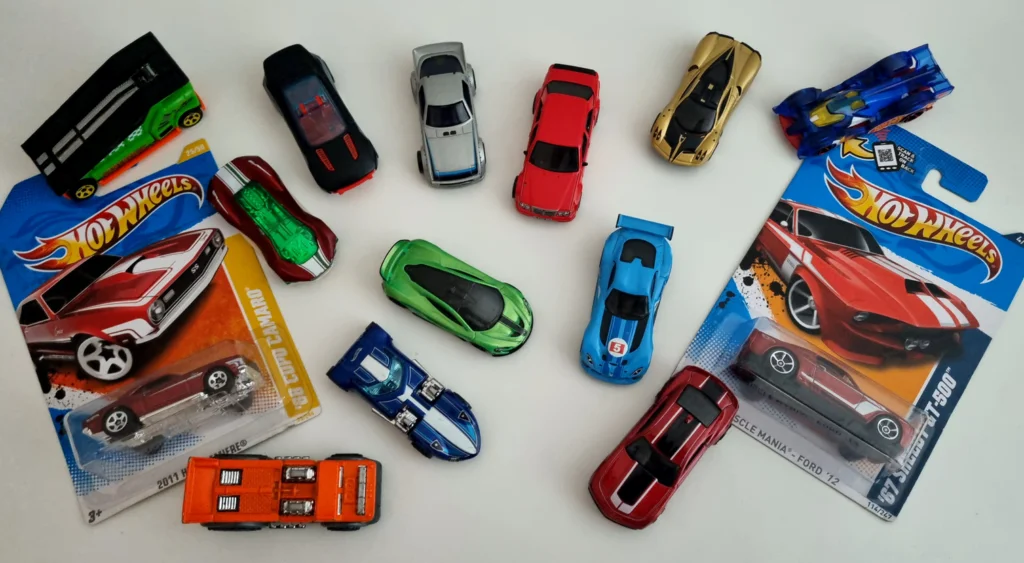
When Mattel launched Hot Wheels in 1968, they revolutionized die-cast cars with their flashy designs and unprecedented speed. Opening a Hot Wheels set meant gaining access to sleek vehicles that could outrace anything else on the market thanks to their innovative low-friction wheel design. The distinctive orange plastic track allowed for gravity-defying stunts that had children scrambling to reconfigure their bedroom floors into ultimate racing venues.
What made Hot Wheels particularly brilliant as a gift was how naturally it expanded into a collection, with birthdays, good grades, and holidays all becoming opportunities to add new cars to the fleet. The birthday child who received the initial track set became the neighborhood racing authority, hosting Grand Prix events where ownership of rare car models bestowed serious playground credibility.
11. Mystery Date
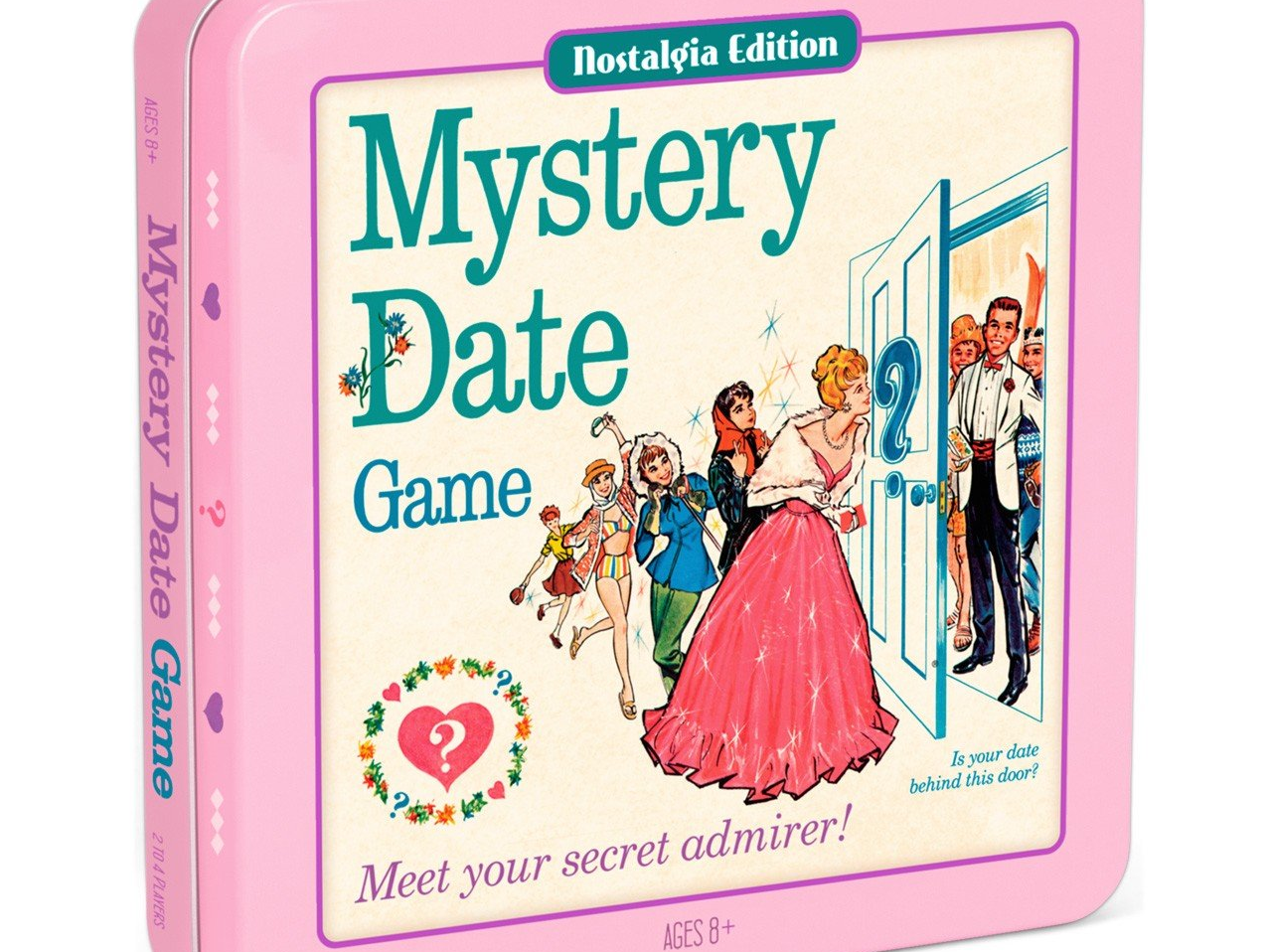
For girls approaching their teenage years, receiving the Milton Bradley game Mystery Date represented a thrilling glimpse into future romance. First released in 1965, this board game featured a plastic door that revealed various date scenarios from beach outings to formal dances. The pink packaging and glamorous imagery made this an aspirational gift that acknowledged a birthday girl’s maturation while keeping play firmly in appropriate territory.
What made Mystery Date parties particularly memorable was the performative squealing and dramatic reactions when opening the door to reveal either dream dates or the dreaded “dud.” The game cleverly tapped into emerging interest in dating while allowing girls to process social expectations through play, creating birthday party moments full of laughter and theatrical teenage angst even among elementary school players.
12. Chatty Cathy
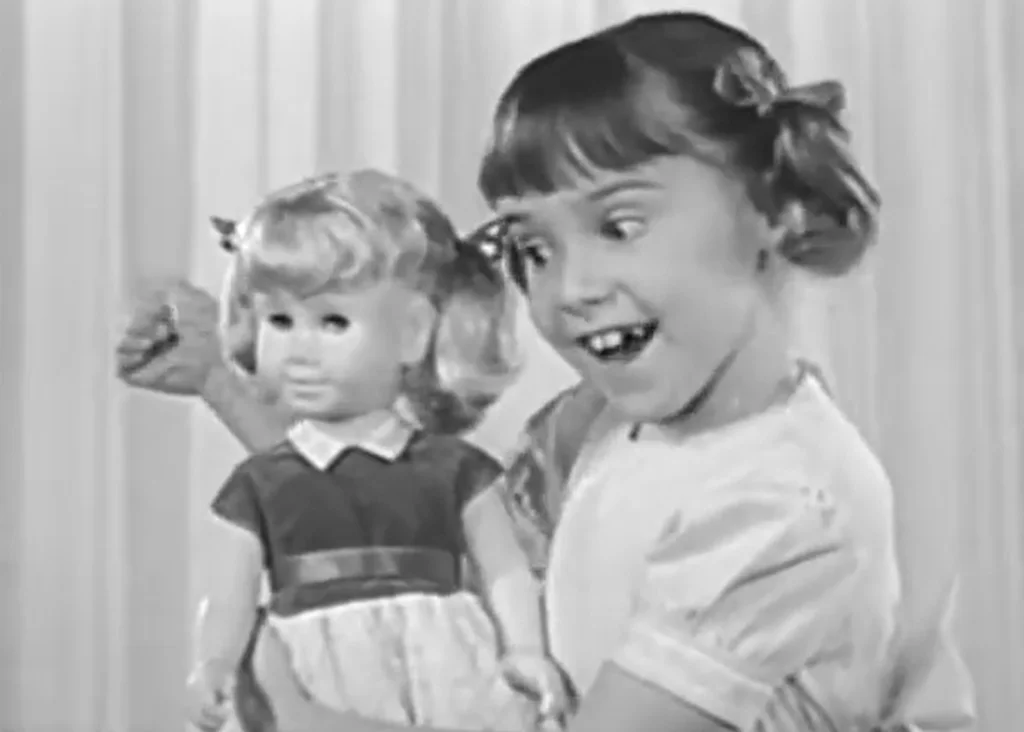
Mattel’s talking doll Chatty Cathy, first released in 1960, represented a technological marvel that children coveted intensely. Pulling the string to hear one of her 11 phrases made Chatty Cathy seem almost magically alive, providing companionship beyond what standard dolls could offer. Unwrapping this blonde, blue-eyed conversation partner meant gaining a friend who would faithfully repeat phrases when other playmates weren’t available.
What made Chatty Cathy particularly special was her status as both toy and confidante, with many children conducting elaborate one-sided conversations with their patient vinyl listeners. Parents often noticed birthday children introducing Chatty Cathy to existing dolls and stuffed animals, creating complex social hierarchies among their toy collections with Cathy inevitably rising to leadership roles due to her verbal abilities.
13. Super Ball
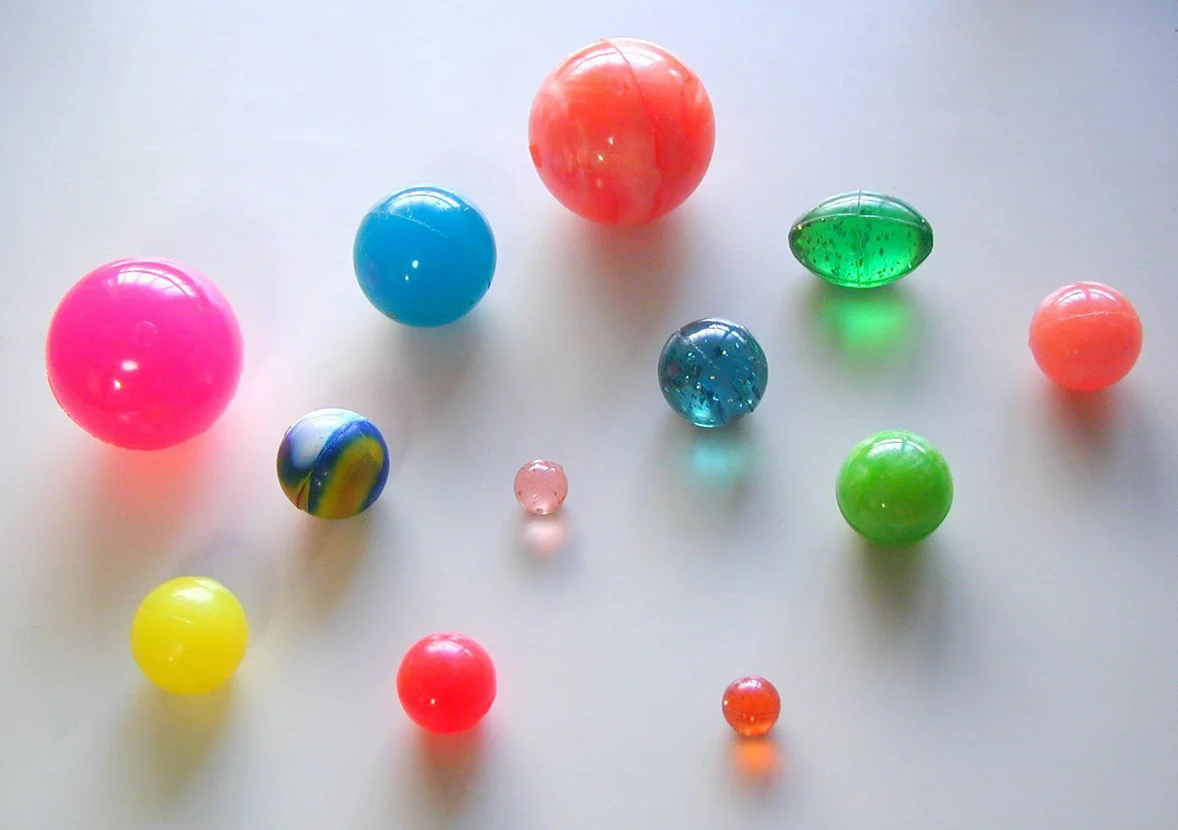
Sometimes the simplest gifts created the biggest impact, as proven by the Wham-O Super Ball that debuted in 1965. This unassuming sphere of synthetic rubber could bounce to extraordinary heights, making it the playground equivalent of possessing supernatural powers. Birthday children would immediately rush outside to demonstrate their new ball’s abilities, drawing crowds of impressed neighborhood kids.
What made the Super Ball particularly impressive was its unpredictability—bouncing higher than houses, ricocheting at unexpected angles, and occasionally disappearing altogether into gutters or dense shrubbery. Physical play would inevitably transform into problem-solving expeditions as children worked together to recover wayward Super Balls from increasingly improbable locations, creating memories far more valuable than the modest price tag would suggest.
The birthday gifts of the 1960s reflected a unique moment in American childhood—when imagination-powered toys still dominated, when television had introduced shared cultural experiences but not yet homogenized play, and when receiving a single special item could genuinely shape your social world. As today’s parents and grandparents wrap presents for a new generation, many find themselves seeking toys that capture that same sense of wonder and possibility that defined the birthday wish lists of their own formative years. Perhaps the greatest gift we can pass on isn’t the toys themselves, but the reminder that true play requires space for creativity, social connection, and a little bit of magic.


